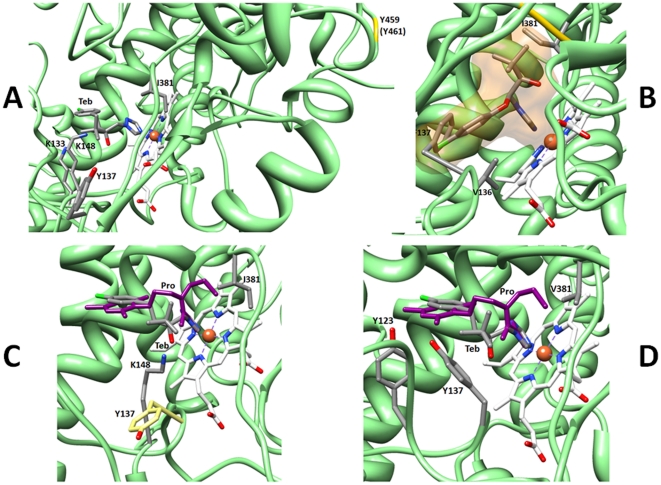Figure 2. Azole docking in mutant proteins.
(A) The effect of the Y459/G460 deletion, shown with tebuconazole docked. Y137 is out of range of interaction, while K133 and K148 are introduced to the pocket and are in close range of the azole. (B) Simulated docking of triadimenol in the Y137F mutant protein, showing the spatial conflicts with F137 and to a lesser extent, I381, suggesting that triadimenol binding would be significantly impaired. Triadimenol is shown in stick representation, surrounded by the external atomic surface in light orange. V136, F137 and I381 are labelled, and the 459–460 region in yellow. The reactive chloride group (green) of triadimenol is in spatial conflict with F137. (C) Resistance to prochloraz and sensitivity to tebuconazole of the L50S V136A S188N ΔY459/G460 N513K variant, showing tebuconazole (by element) and prochloraz (purple) superimposed, K148 (by element, below) out of range of prochloraz but within range of tebuconazole and Y137 (below) removed from interaction range. (D) Figure 2D. Resistance to tebuconazole and sensitivity to prochloraz of the L50S S188N A379G I381V ΔY459/G460 N513K variant, showing tebuconazole (by element) and prochloraz (purple) superimposed in docked position, V381 (grey) out of range of tebuconazole but within range of prochloraz and the hydroxyl groups of Y123 and Y137 (left) again closer to prochloraz.

